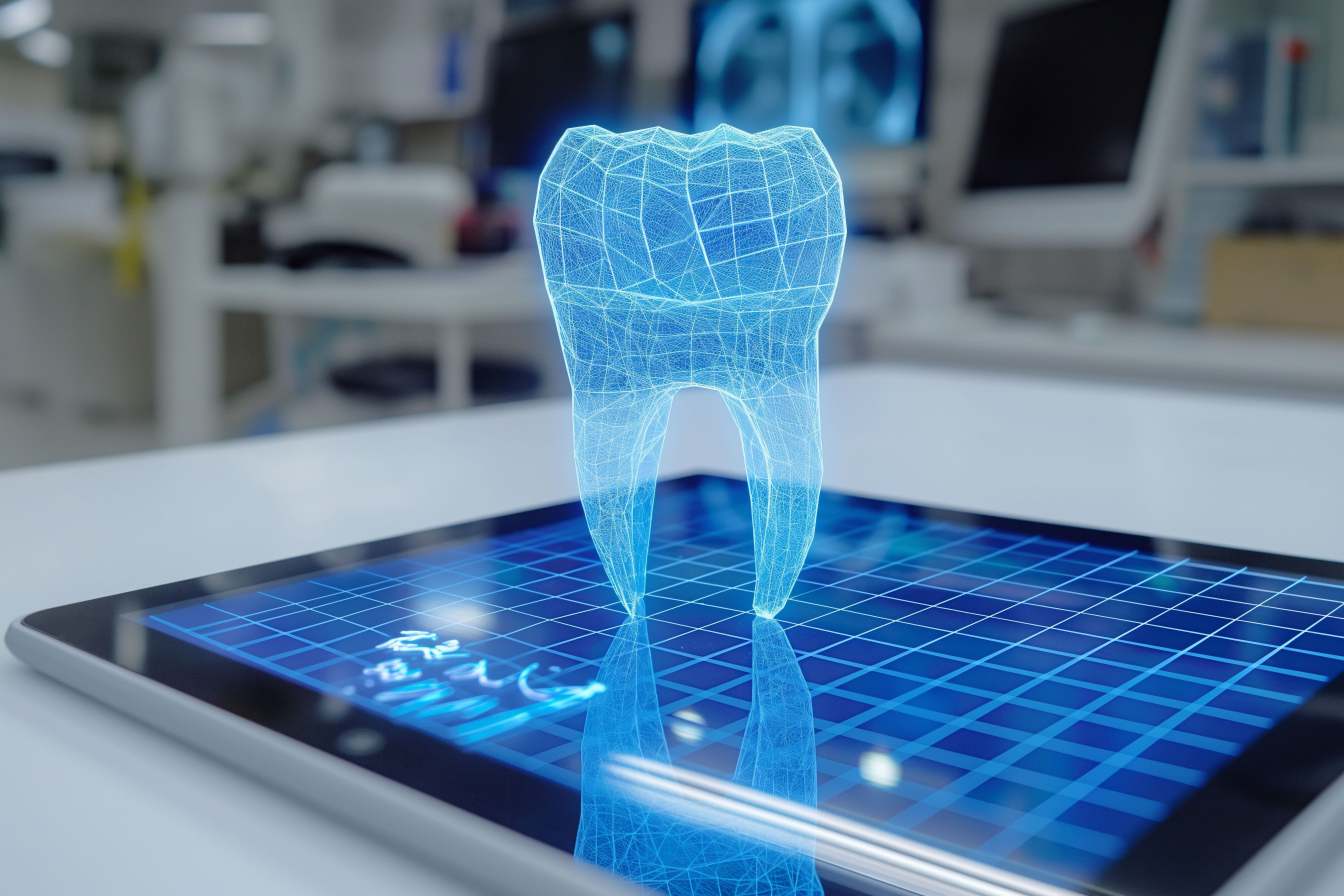
Introduction
Adolescent obesity is a pressing global health challenge with rapidly rising prevalence and significant clinical implications. It is associated with an increased risk of chronic diseases—including type 2 diabetes, cardiovascular conditions, and musculoskeletal disorders—as well as profound psychosocial consequences such as low self-esteem, anxiety, and depression. Data from the World Health Organization (WHO) and the Centers for Disease Control and Prevention (CDC) indicate that 17% to 21% of youth aged 6 to 19 in the United States are classified as obese, with particularly high prevalence among racial and ethnic minorities and those from socioeconomically disadvantaged backgrounds. On a global scale, obesity rates among children and adolescents have quadrupled in the past 30 years, now affecting more than 390 million individuals aged 5 to 19.
Despite public health efforts, traditional interventions—primarily centered on dietary modification and structured physical activity—have achieved limited long-term success. These programs often struggle to engage adolescents, facing barriers related to motivation, accessibility, and sustained adherence. Against this backdrop, artificial intelligence (AI)-powered virtual reality (VR) sports systems are emerging as innovative tools that address many of these limitations. By combining real-time personalization with immersive and gamified environments, these platforms offer a compelling alternative to conventional weight management approaches. This article explores findings from a recent randomized controlled trial (RCT) evaluating the impact of an adaptive AI-based VR sports intervention tailored specifically for adolescents with excess body weight.1,2,3,4
The Role of AI and VR in Promoting Physical Activity Among Youth
The fusion of artificial intelligence and virtual reality is redefining the way physical activity is delivered to adolescents. Unlike static fitness regimens, AI-powered VR systems continuously adapt the exercise experience based on individual performance, physiological responses, and behavioral patterns. Machine learning algorithms dynamically adjust the intensity, pace, and complexity of the virtual sports environment to ensure the activity remains challenging yet achievable for each user
Virtual reality serves to gamify physical exercise by immersing users in engaging, interactive scenarios—such as table tennis, soccer, or obstacle courses—thereby transforming physical activity from a perceived obligation into a source of enjoyment. The integration of motion tracking through wearable sensors or handheld controllers enables real-time monitoring of posture, movement precision, and energy expenditure. AI then interprets this data to deliver personalized feedback, encouraging optimal performance and fostering intrinsic motivation.
Recent research has demonstrated that this approach improves both physical health outcomes and psychological well-being. Participants report higher levels of enjoyment and satisfaction, leading to increased adherence and sustained engagement. Compared to traditional exercise programs, AI-VR interventions appear particularly well-suited to adolescents, offering an intuitive, technology-driven pathway to healthier lifestyles.5,6
Trial Design: Methodology of the Randomized Controlled Study
To rigorously assess the effectiveness of adaptive AI-based VR sports in adolescent obesity, a randomized controlled trial enrolled 227 participants between the ages of 12 and 16 who met BMI criteria for overweight or obesity. Participants were randomly assigned to one of three groups: an intervention group that engaged with the AI-powered VR sports system, a control group participating in traditional physical activities, or a no-intervention group. The study spanned an 8-week intervention period with follow-up evaluations at six months.
The VR intervention featured advanced platforms including REVERIE table tennis and soccer simulations, delivered through state-of-the-art VR headsets. These systems were integrated with deep reinforcement learning algorithms and transformer-based virtual coaching agents capable of modulating game intensity based on real-time biometric data such as heart rate, reaction time, and user fatigue. The aim was to create a dynamic, personalized exercise experience that evolved with the participant’s progress and ability.
Primary outcomes included changes in BMI z-scores, VO₂ max, and physical activity levels, while secondary measures assessed adherence, psychological well-being, motivation, and metabolic markers such as liver enzymes and LDL cholesterol. The results were promising: adolescents in the AI-VR group experienced significant reductions in fat mass, improvements in cardiovascular fitness, and enhancements in executive function and emotional regulation. These benefits were maintained at the six-month follow-up, suggesting long-term sustainability of health outcomes.
Moreover, adherence rates were notably higher in the AI-VR group compared to traditional exercise programs, underscoring the role of immersive, adaptive technology in supporting behavior change. These findings are consistent with other emerging studies, which highlight the unique advantages of AI-augmented exercise systems in promoting health among digitally native populations.7,8,9
Reference:
1.Defining adult obesity. Centers for Disease Control and Prevention. Updated June 7, 2021. Accessed January 29, 2021. www.cdc.gov/obesity/adult-obesity-facts/
2.Fryar CD, Carroll MD, Afful J. Prevalence of overweight, obesity, and severe obesity among adults aged 20 and over: United States, 1960–1962 through 2017–2018. NCHS Health E-Stats, Centers for Disease Control and Prevention. 2020. Updated February 8, 2021. Accessed January 29, 2021. www.cdc.gov/nchs/data/hestat/obesity-adult-17-18/obesity-adult.htm
3.Fryar CD, Carroll MD, Afful J. Prevalence of overweight, obesity, and severe obesity among children and adolescents aged 2–19 years: United States, 1963–1965 through 2017–2018. NCHS Health E-Stats, Centers for Disease Control and Prevention. Updated January 29, 2021. Accessed April 22, 2021. www.cdc.gov/nchs/data/hestat/obesity-child-17-18/overweight-obesity-child-H.pdf
4.What causes obesity and overweight? National Institute of Child Health and Human Development, National Institutes of Health. Updated July 28, 2021. Accessed January 29, 2021. www.nichd.nih.gov/health/topics/obesity/conditioninfo/cause NIH external link
5.Wang J, Qin Y, Wu Q, Zeng D, Gao X, Wang Q, Li Z, Ni Y, Li H, Zhang P, Guo J, Ma W, Maitusun M, Jin X, Chen M, Zhu L, Lu Q, Chen Q, Wu Y, Lin C, Han R, Cheng D, Ni J, Wang X, Yao F, Zhuang J, Xia J, Liu D, Lu Y, Kang P, Yu S, Chen A, Zhang Y, Li Q, Ge W, Long X, Jiang Z, Guan Z, Jin Z, Jin P, Li T, Shu J, Yang J, Wang J, Jiang N, Qian J, Jung Y, Zhang H, Yang Q, Ma L, Wu X, Huang X, Si D, Ren J, Qiao H, Guo Y, Huang Z, Wang W, Deng W, Bi L, Zhao D, Li Y, Lau RWH, Tham YC, Ma X, Ma J, Shen D, Zhang S, Guan H, Zou W, Guo M, Guan X, Yang X, Xu A, Wu J, Panagiotou G, Tse MA, Kim J, Wu E, Thalmann D, Thalmann NM, Fregni F, Wong TY, Jia W, Zeng R, Lim CT, Sheng B, Li H. An adaptive AI-based virtual reality sports system for adolescents with excess body weight: a randomized controlled trial. Nat Med. 2025 Jul;31(7):2255-2268. doi: 10.1038/s41591-025-03724-5. Epub 2025 Jun 23. PMID: 40551019; PMCID: PMC12283417.
6.Oudat, Q.; Messiah, S.E.; Ghoneum, A.D. The Role of Virtual Reality in Childhood Obesity Treatment: A Narrative Review. Int. J. Environ. Res. Public Health 2025, 22, 195. https://doi.org/10.3390/ijerph22020195
7.Park SW, Lim DH, Kim JH, Kim SH, Han YO. Effectiveness of a Digital Game-Based Physical Activity Program (AI-FIT) on Health-Related Physical Fitness in Elementary School Children. Healthcare (Basel). 2025 Jun 3;13(11):1327. doi: 10.3390/healthcare13111327. PMID: 40508939; PMCID: PMC12154236.
8.M Bourke, L Patterson, F Di Nardo, P Whittaker, A Verma, Active video games and weight management in overweight children and adolescents—systematic review and meta-analysis, Journal of Public Health, Volume 45, Issue 4, December 2023, Pages 935–
9.Diagnocat to present its intelligent digital dentistry tools at DDS.Berlin






Post comments